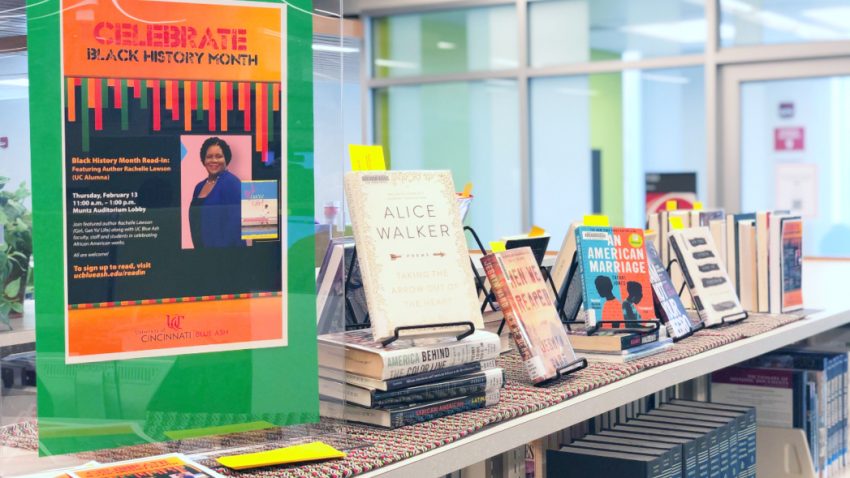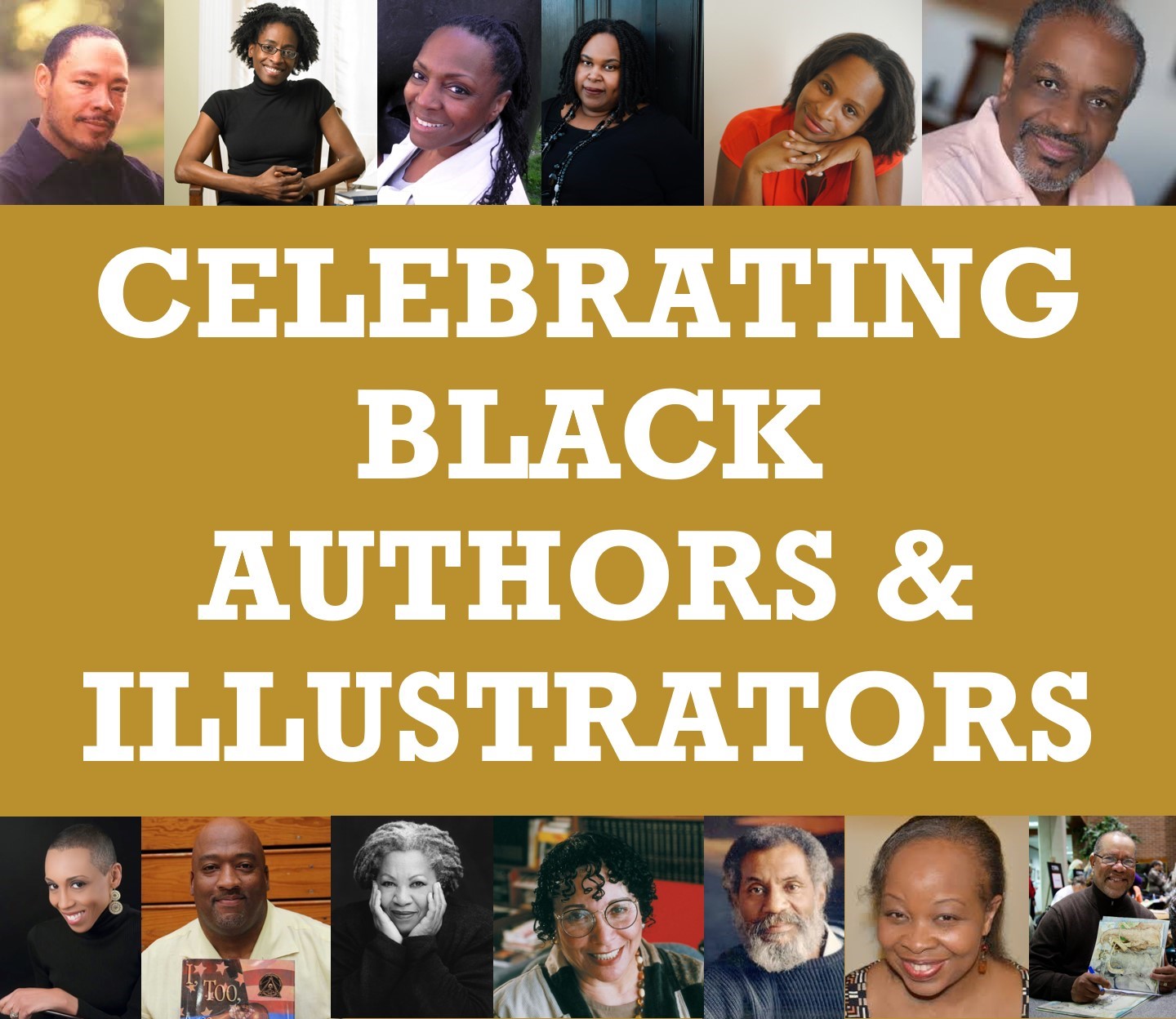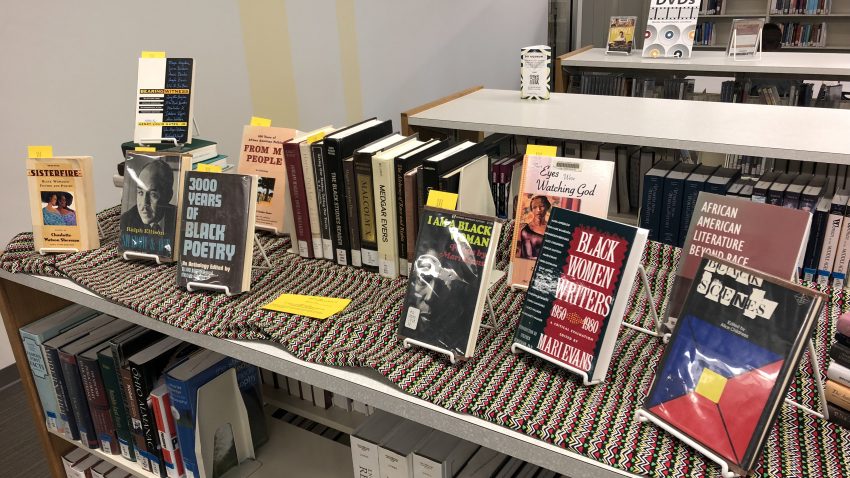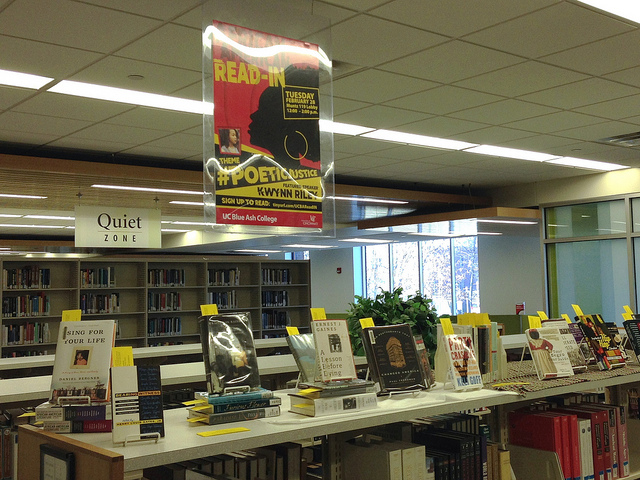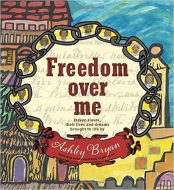The Oesper Collections and Museum in the History of Chemistry at the University of Cincinnati is pleased to present a new blog series, Oesper Collection Highlights. We will feature items from our amazing collections of rare books, prints and portraits, and online collections that will inspire and educate all. We thank our student intern, Brenna Kobes, for researching and preparing these posts. If you have questions about the Oesper Museum, please contact Ted Baldwin, Ted.Baldwin@uc.edu, Director of the UC Science and Engineering Libraries.
Our first installments in the Oesper Collection Highlights will celebrate African-American History Month. African-American Chemists selected for these profiles were early pioneers in the field – some were the first to achieve PhDs in chemistry, whereas others made significant contributions to study and practice. Sometimes their stories and voices have not been heard. We aim to highlight and celebrate these accomplished African-American chemists who contributed across the spectrum of the chemistry discipline.
Alice Ball

Fig. 1, Alice Ball
Alice Ball (Figure 1) was born in 1892. She is best known for developing the Ball Method, which was the best know treatment for leprosy in the 20th century. Ball earned her master’s degree in chemistry from the University of Hawaii and is known as the university’s first African-American professor as well as its first female professor. Her love for chemistry began early, thanks to her grandfather and parents, all of which worked in the photography field. The development of photographic images relied heavily on mercury vapors and iodine sensitized silver plates, all of which would have provided young Alice with a first glimpse of chemistry in action (Latchman, 2020).
In 1912, Ball completed a bachelor’s degree in pharmaceutical chemistry from the University of Washington. Two years later, she completed a second bachelor’s degree in the science of pharmacy. While at the University of Washington, she co-wrote a paper with her professor Williams Dehn, entitled “Benzoylations in Ether Solution” (Collins, 2016) . She was offered opportunities at both the University of California Berkeley and the College of Hawaii (now known as the University of Hawaii). Ball accepted the latter and began work on her master’s degree in chemistry. Her research investigated the chemical properties of the Kava plant, a native of the Pacific islands. This deep understanding of the chemical properties of plants would later work in her favor. She was invited to work and research alongside Harry T. Hollmann, then employed by the U.S. Public Health Service in Hawaii and serving as acting assistant surgeon at the Leprosy Investigation Station. Ball studied the chemical properties of chaulmoogra oil, derived from a tree of the same name and used medically for centuries. Several issues were present with use of the oil, however. Topical application was very difficult due to its very sticky nature, the oil had an unpleasant taste which made ingestion hard for patients, and the oil could not be absorbed by the body – it simply just sat under the skin (Wermager & Heltzel, 2007). Ball developed her namesake method that isolated different compounds within the oil and modified them, thereby producing an oil that retained the medical benefits, but could be absorbed by the skin.
This method remains Ball’s greatest achievement, as she unexpectedly passed away just one year later at the age of 24. It is thought that she died of chlorine exposure and poisoning after teaching the proper way to use a gas mask. However, the true cause is unknown. Ball did not publish her method and findings before her death. Fellow chemist Arthur L. Dean stole her work and claimed it as his own work. Hollmann attempted to correct this error by crediting Ball in a paper published in 1922. However, Ball’s contributions were not truly celebrated until the 1970s. when Kathryn Takara and Stanley Ali (two professors and historians at the University of Hawaii), were able to officially recognize her contributions to the field of chemistry. In 2000, the University of Hawaii honored Ball with a plaque placed at the school’s only chaulmoogra tree (Collins, 2016). In 2020, a short film (Fig. 2) titled The Ball Method was released. 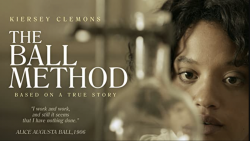 This film can be found on streaming video services Kanopy and Amazon Prime. The Ball Method details her life and the contributions that she made to the treatment of leprosy and the field of chemistry.
This film can be found on streaming video services Kanopy and Amazon Prime. The Ball Method details her life and the contributions that she made to the treatment of leprosy and the field of chemistry.
Author: Brenna Kobes, Intern for the Oesper Collections in the History of Chemistry
Bibliography
Collins, S. N. (2016, May 12). Alice Augusta Ball: Chemical Drug Pioneer. United States of America .
Latchman, D. (2020, April 22). “The Ball Method” trailer introduces Alice Ball, who discovered treatment for leprosy. Retrieved from medium.com: https://medium.com/science-vs-hollywood/who-is-alice-ball-the-hero-behind-the-ball-method-short-film-69b7c5becc34
Mendheim, B. (2007, September). Lost and Found: Alice Augusta Ball an Extradordinary Woman of Hawai’i Nei. Northwest Hawai’i Times. Hawai’i, United States of America .
Wermager, P., & Heltzel, C. (2007, February). Alice A. Ball Young Chemist Gave Hope to Millions. ChemMatter, pp. 16-19.
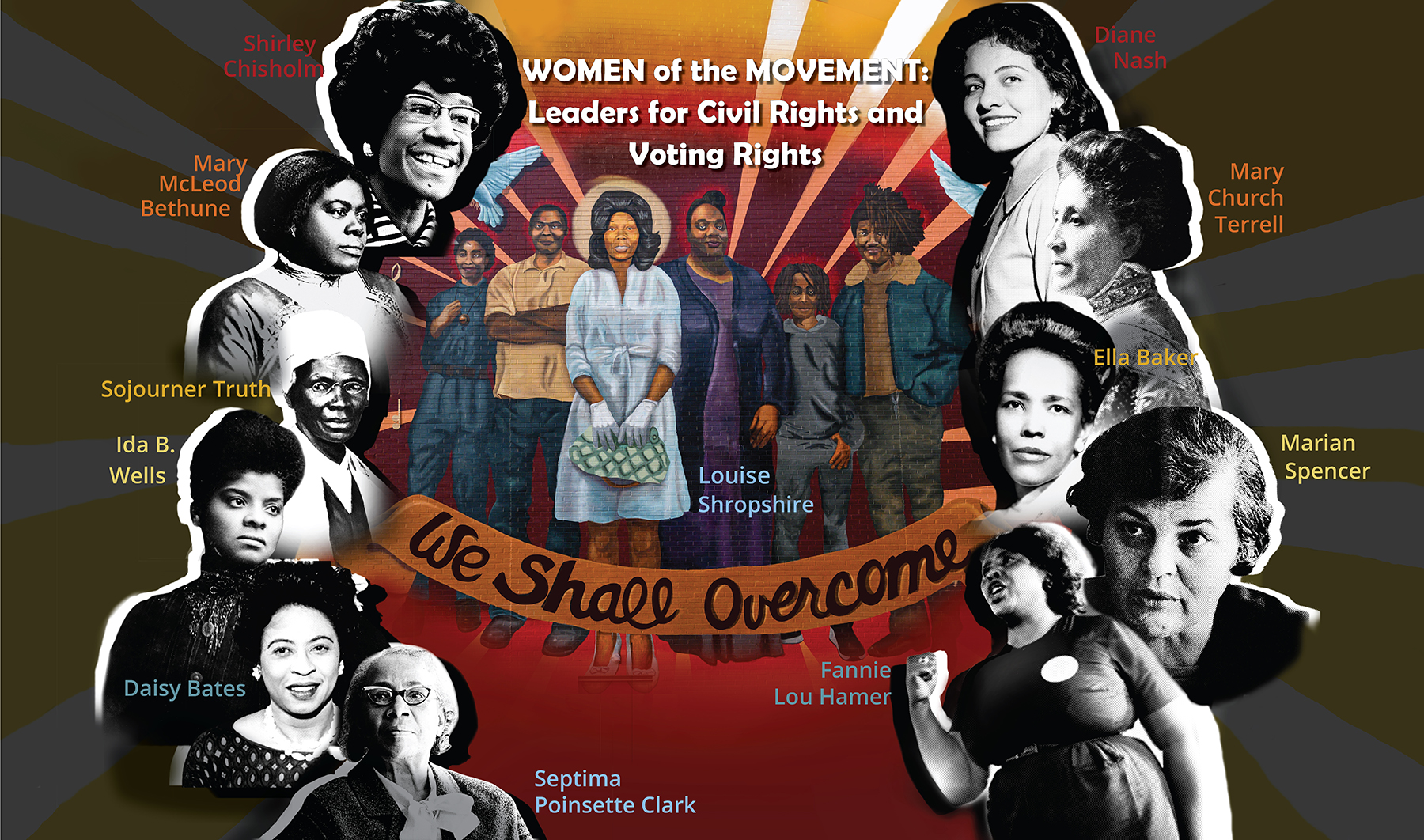

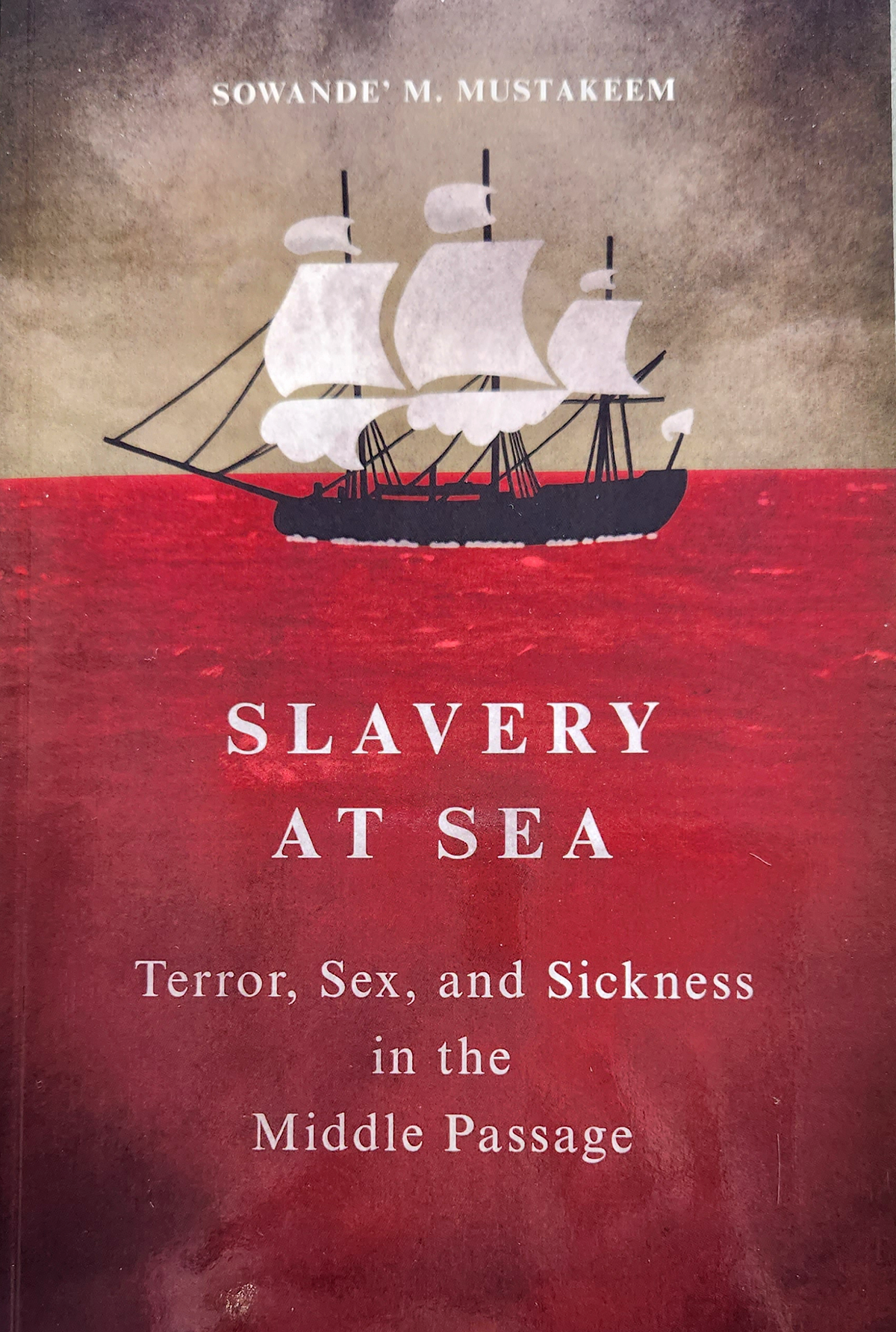 The University of Cincinnati Libraries Racial Equity Support & Programming to Educate the Community Team (RESPECT) and the Donald C. Harrison Health Sciences Library are hosting a book discussion and Lunch and Learn with Sowande’ M. Mustakeem, author of “Slavery at Sea: Terror, Sex, and Sickness in the Middle Passage” on Thursday, Feb. 23 from 12:30-2pm in the Health Sciences Library’s Stanley J. Lucas M.D. Boardroom (E005HA).
The University of Cincinnati Libraries Racial Equity Support & Programming to Educate the Community Team (RESPECT) and the Donald C. Harrison Health Sciences Library are hosting a book discussion and Lunch and Learn with Sowande’ M. Mustakeem, author of “Slavery at Sea: Terror, Sex, and Sickness in the Middle Passage” on Thursday, Feb. 23 from 12:30-2pm in the Health Sciences Library’s Stanley J. Lucas M.D. Boardroom (E005HA). 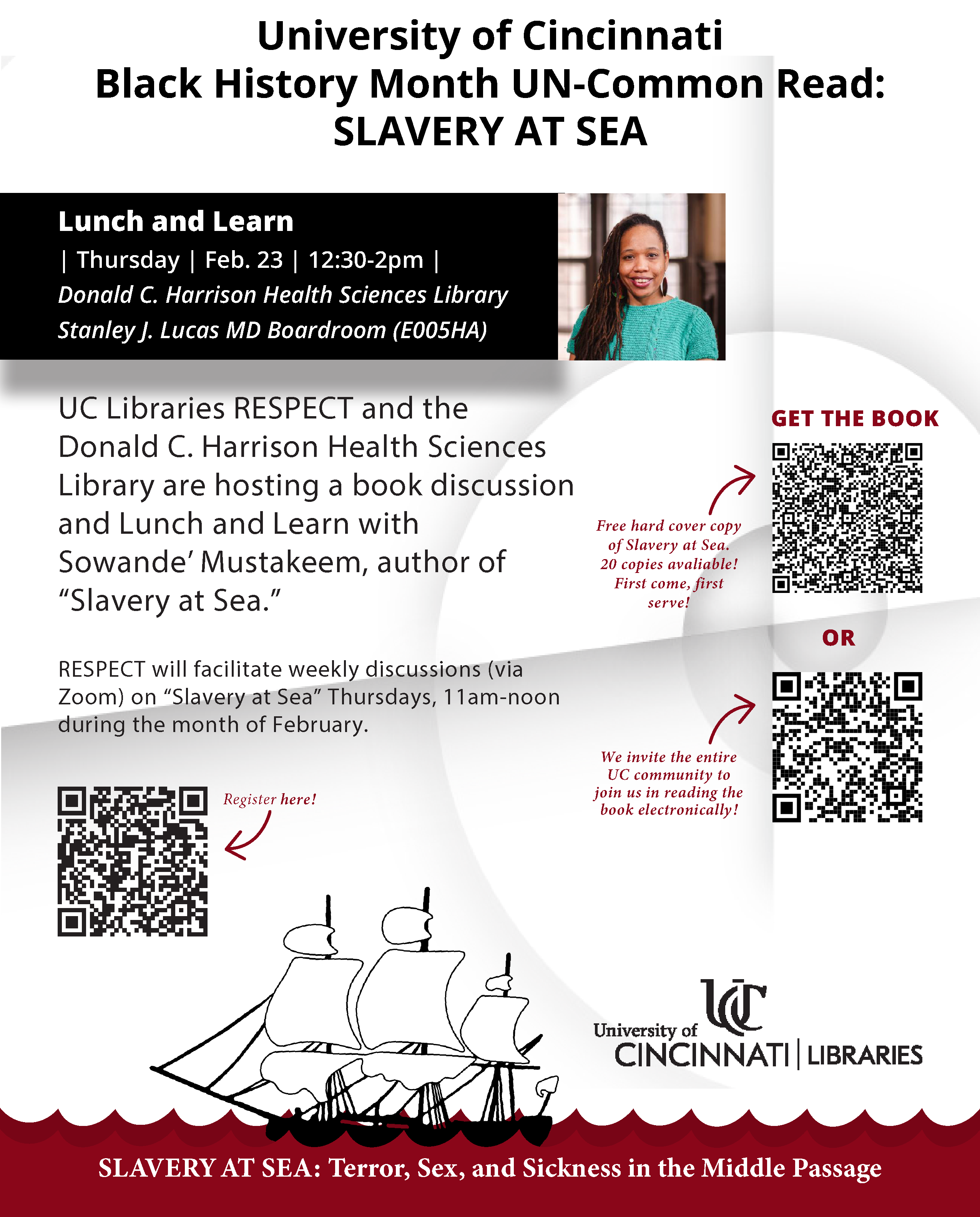
 American to earn a PhD in Chemistry. In 1905 he earned his bachelor’s in science from Fisk University which he would later return in 1927 to teach chemistry and organic chemistry, a position that he kept for 25 years until his retirement. While studying as Fisk, Brady met Thomas Talley who was a professor of chemistry at the university. His teachings helped to influence Brady and encourage his further studies in the field “I do not remember Thomas Talley for the chemistry he taught me, but for the encouragement and inspiration he gave me to go on” (Martin & Martin , 2006). He then completed his Master of Arts in Chemistry at the University of Illinois. There he co-wrote three papers with Professor Clarence Derick. Brady’s master thesis was written on the Scale Influence of Substitution in Organic Electrolytes (Fig. 2). Once finished, Brady began work on his
American to earn a PhD in Chemistry. In 1905 he earned his bachelor’s in science from Fisk University which he would later return in 1927 to teach chemistry and organic chemistry, a position that he kept for 25 years until his retirement. While studying as Fisk, Brady met Thomas Talley who was a professor of chemistry at the university. His teachings helped to influence Brady and encourage his further studies in the field “I do not remember Thomas Talley for the chemistry he taught me, but for the encouragement and inspiration he gave me to go on” (Martin & Martin , 2006). He then completed his Master of Arts in Chemistry at the University of Illinois. There he co-wrote three papers with Professor Clarence Derick. Brady’s master thesis was written on the Scale Influence of Substitution in Organic Electrolytes (Fig. 2). Once finished, Brady began work on his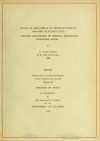
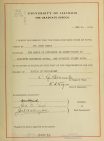

 This film can be found on streaming video services Kanopy and Amazon Prime. The Ball Method details her life and the contributions that she made to the treatment of leprosy and the field of chemistry.
This film can be found on streaming video services Kanopy and Amazon Prime. The Ball Method details her life and the contributions that she made to the treatment of leprosy and the field of chemistry.